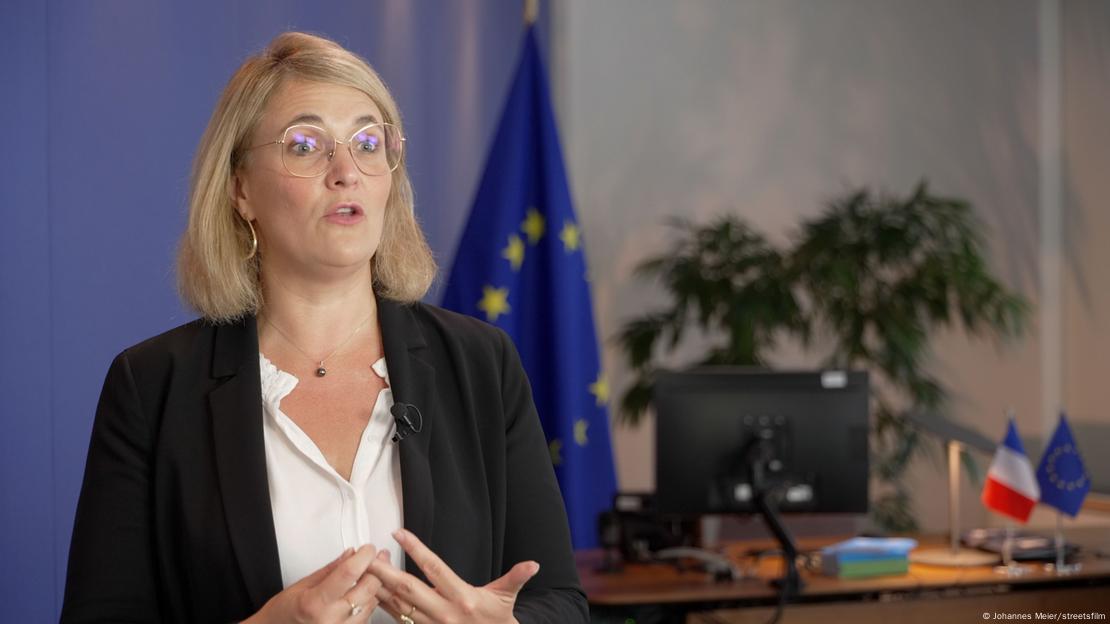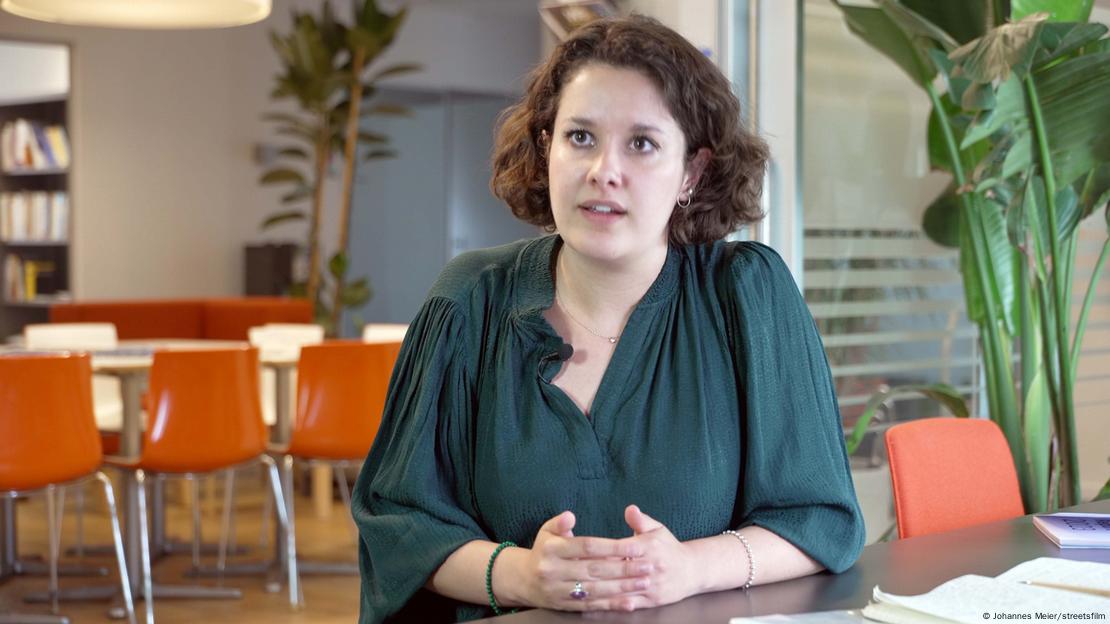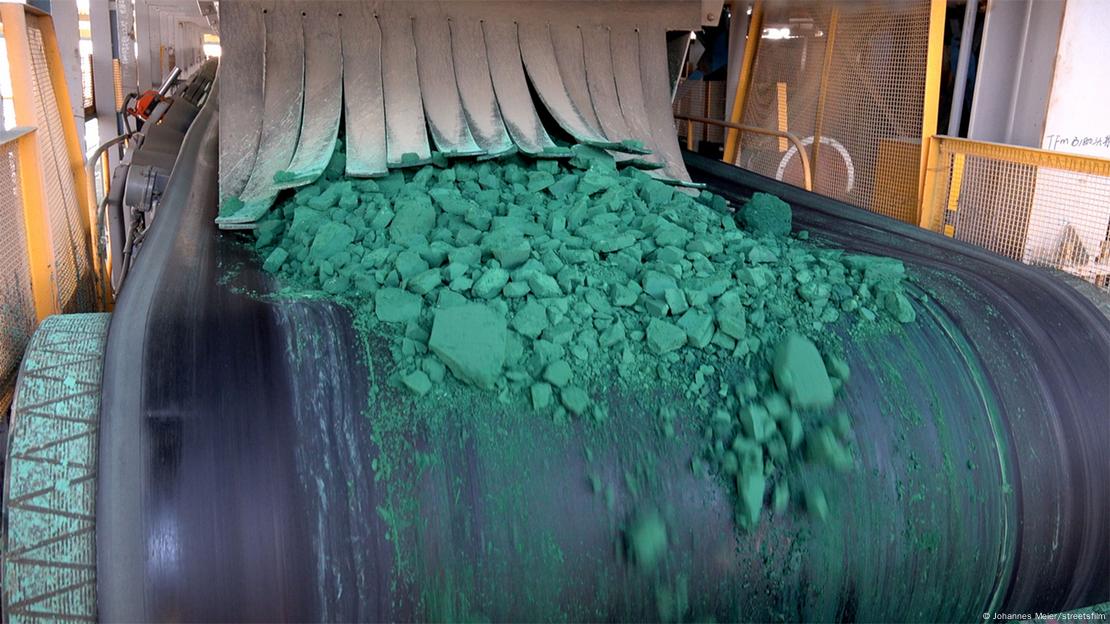By AFP
November 27, 2024

Flood-damaged homes line the river in Chiva in Spain's eastern region of Valencia - Copyright AFP JOSE JORDAN
Daniel SILVA
Prime Minister Pedro Sanchez on Wednesday announced almost 2.3 billion euros ($2.4 billion) in new aid for Spain’s flood-stricken region and defended his government’s handling of the deadly disaster last month.
The European country is still reeling from the October 29 floods which killed at least 230 people according to the latest official toll, washing away roads and destroying homes and businesses.
The disaster prompted widespread fury at elected leaders over their handling of the crisis which mainly affected the eastern region of Valencia.
Under Spain’s decentralised state, regions are in charge of disaster management, but the events have triggered a blame game between Sanchez’s leftist administration and the conservative regional government of Valencia.
“The question is whether the Spanish government has fulfilled its responsibilities and the answer is that it has done so,” Sanchez told parliament.
“It has done so from the outset and continues to do so and will continue to do so for as long as necessary.”
The central government has said the regional authorities took too long to convene an emergency coordination meeting on the storm and to send out a mass alert.
The regional government sent emergency alerts to mobile phones when water was already gushing through some towns.
But regional government head Carlos Mazon, of the main opposition Popular Party, has said he received “insufficient, inaccurate and late” information from the state weather agency and a central government authority responsible for monitoring flood risks.
Sanchez denied state bodies did not provide enough information, saying the state weather office AEMET had warned for days of the risk of heavy rain.
He also denied that Spain’s decentralised system of government “has failed”.
“I think that some of its parts have failed and above all some people in very high positions who have not lived up to their responsibilities,” he said in what was seen as a reference to Mazon.
– ‘Not admit mistakes’ –
Sanchez announced a fresh package of 60 measures for stricken citizens worth nearly 2.3 billion euros that brought the total aid provided in the wake of the disaster to 16.6 billion euros.
It includes 465 million euros to help people replace damaged cars and 19 million euros to replace textbooks and other school materials.
Outrage over the flood action triggered mass protests on November 9, the largest in Valencia city which drew 130,000 people.
Fresh demonstrations are called for this weekend.
Sanchez said he was “absolutely open” to the creation of a parliamentary commission of inquiry to look into the state response to the floods but that it was “not yet the right time”.
Mazon hit back at Sanchez, saying it was “surprising” that the central government “does not admit any mistakes”, and complained that part of the aid the premier announced is in the form of interest-bearing loans.
Mazon has also come under fire for attending a three-hour lunch with a journalist on the day of the disaster.
Sanchez added that the disaster showed “climate change kills” and lashed out at the scepticism expressed by part of the Spanish right which he said “must be rejected”.
Because a warmer atmosphere holds more water, sci


















 Energy expert Cecilia Trasi says access to cobalt and other minerals involves doing business with ChinaImage: Johannes Meier/streetsfilm
Energy expert Cecilia Trasi says access to cobalt and other minerals involves doing business with ChinaImage: Johannes Meier/streetsfilm







